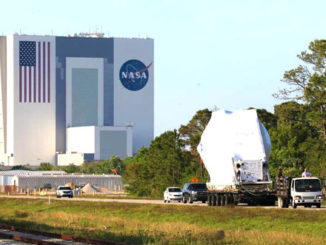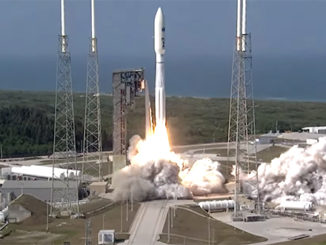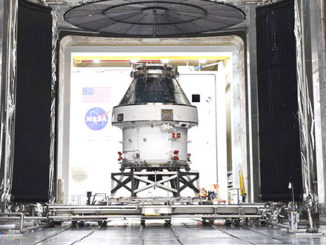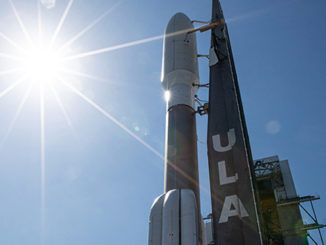
Hubble Space Telescope Hooks a One-Arm Galaxy 21 Million Light-Years From Our Galaxy
NGC 4618 was discovered on April 9, 1787, by the German-British astronomer William Herschel, who also discovered Uranus in 1781. […]

NGC 4618 was discovered on April 9, 1787, by the German-British astronomer William Herschel, who also discovered Uranus in 1781. […]

The impact of coronavirus to NASA’s missions, prelaunch training continues for the next space station crew, and launch preparations for Orion … a few of the stories to tell you about – This Week at NASA! […]

NASA’s Orion spacecraft for Artemis I returned to the agency’s Kennedy Space Center in Florida on March 25 after engineers put it through the rigors of environmental testing at NASA’s Plum Brook Station in Ohio. […]

NASA’s Orion spacecraft for Artemis I returned to the agency’s Kennedy Space Center in Florida on March 25 after engineers put it through the rigors of environmental testing at NASA’s Plum Brook Station in Ohio. […]

NASA’s “Send Your Name to Mars” campaign invited people around the world to submit their names to ride aboard the agency’s next rover to the Red Planet. Some 10,932,295 people did just that. […]

United Launch Alliance is set launch Atlas V rocket from Cape Canaveral carrying the Lockheed Martin-built Advanced Extremely High Frequency (AEHF-6) series for the U.S. Space Force Space and Missile Systems Center. […]

After four months of rigorous testing in the world’s premier space environments simulation facility at NASA’s Plum Brook Station, the Orion spacecraft for the Artemis I mission is certified and another step toward being ready for flight. […]

Launch window opens at 2:57 p.m. ET […]

The weather forecast shows conditions are 80-percent favorable for United Launch Alliance’s Atlas V rocket launch from Cape Canaveral on Thursday. […]

A United Launch Alliance (ULA) Atlas V rocket is in final preparations to launch the sixth Advanced Extremely High Frequency (AEHF) communications satellite for the U.S. Space Force’s Space and Missile Systems Center. […]

Future Artemis lunar landers could use next-generation thrusters, the small rocket engines used to make alterations in a spacecraft’s flight path or altitude, to enter lunar orbit and descend to the surface. […]

An alligator lurks in a marshy waterway at NASA’s Kennedy Space Center in Florida. […]